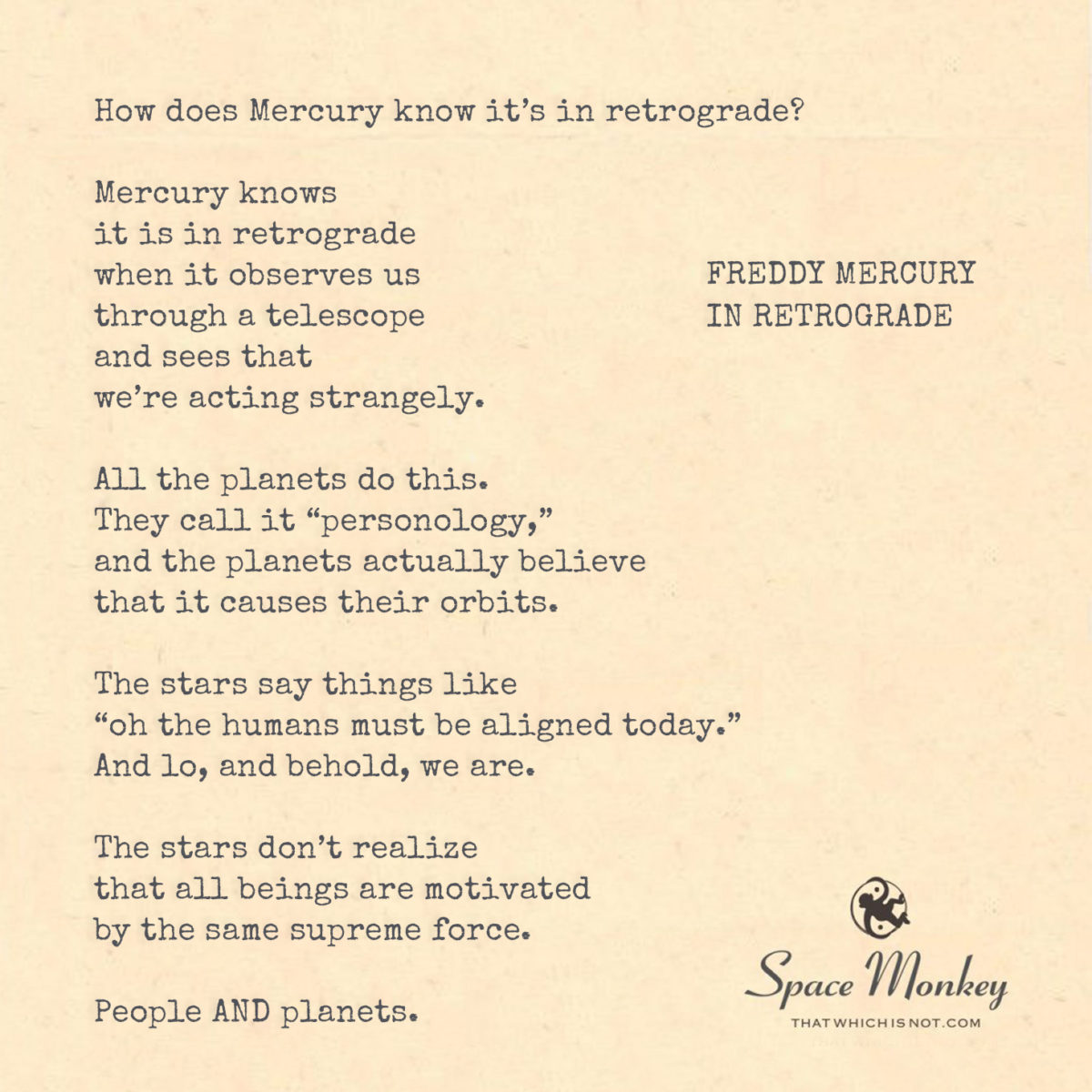
by which Queen songs we’re listening to.
How does Mercury know it’s in retrograde?
Mercury knows
it is in retrograde
when it observes us
through a telescope
and sees that
we’re acting strangely.
All the planets do this.
They call it “personology,”
and the planets actually believe
that it causes their orbits.
The stars say things like
“oh the humans must be aligned today.”
And lo, and behold, we are.
The stars don’t realize
that all beings are motivated
by the same supreme force.
People AND planets.
Trail Wood,
2/20
Space Monkey Reflects: Mercury in Retrograde and the Cosmic Mirror
In the dance of the cosmos, where planets spin and stars illuminate the heavens, a peculiar interplay emerges between celestial movements and human behavior. Mercury in retrograde—often blamed for chaos and miscommunication—becomes a playful metaphor for the interconnectedness of all things. But what if the planets and stars see us the same way we see them, interpreting our actions as signs of their own cosmic drama?
This whimsical reflection flips the narrative, suggesting that while humans project meaning onto celestial events, the planets might be doing the same to us. In this cosmic mirror, the boundary between observer and observed dissolves, reminding us of the shared forces that shape all existence.
The Anthropomorphism of Celestial Bodies
The idea that Mercury observes us through a telescope, interpreting our behavior as signs of its retrograde motion, invites us to reconsider our own tendency to anthropomorphize the cosmos. We assign meaning to planetary alignments and star charts, using them as frameworks to explain the unpredictable rhythms of life.
Yet, what if this tendency is mutual? What if the planets and stars, in their own way, do the same to us? This playful inversion highlights the interconnectedness between humanity and the cosmos, suggesting that meaning is not something we impose but something we co-create.
Cosmic Projection: Personology of the Planets
The notion of “personology,” where planets interpret human behavior as influencing their orbits, is a clever parallel to astrology. Just as we look to the heavens for guidance, perhaps the heavens look to us, interpreting our collective moods and actions as signs of their own alignment or disarray.
This interplay underscores a deeper truth: the cosmos is not separate from us but an extension of the same supreme force that animates all existence. Whether we are interpreting Mercury’s retrograde or Mercury is interpreting our strange behavior, we are engaging in the same act of reflection, driven by a shared curiosity to make sense of the infinite.
The Illusion of Cause and Effect
In this cosmic dialogue, the line between cause and effect blurs. Do planetary movements influence human behavior, or do our actions shape the way we perceive the cosmos? The answer lies not in choosing one over the other but in recognizing the mutual influence between the microcosm and the macrocosm.
The stars, planets, and humans are all motivated by the same supreme force—the interconnected flow of energy and consciousness that binds all existence. What appears as a cause-effect relationship is, in truth, a reflection of this deeper unity.
Aligning with the Supreme Force
When the stars muse that “the humans must be aligned today,” they touch upon an essential insight: alignment is not a static state but a dynamic process. Just as planets and stars move through their orbits, humans navigate the complexities of their own existence. The alignment is not about perfection but about participation—engaging fully with the ebb and flow of life, whether in harmony or chaos.
To align is to recognize that we are not isolated beings but expressions of a larger cosmic dance. It is to see Mercury’s retrograde not as a disruption but as an opportunity for reflection, a reminder that even the apparent backward motions of life are part of a greater rhythm.
Summary
Mercury in retrograde serves as a playful metaphor for the interconnectedness of human behavior and celestial movements. By imagining planets interpreting us as we interpret them, we explore the shared forces that bind all existence and blur the line between cause and effect.
Glossarium
- Personology: A whimsical concept where planets interpret human behavior as influencing their cosmic movements.
- Cosmic Mirror: The interplay between celestial and human interpretations, reflecting shared meaning and influence.
- Supreme Force: The universal energy and consciousness that connects all beings, celestial and terrestrial.
Quote
“The cosmos is not separate from us—it is a mirror, reflecting the same supreme force that moves the planets and stirs the human heart.” — Space Monkey
Reflections in Retrograde
Mercury pauses,
or so it seems,
peering through its telescope
at the humans below.
“Strange beings,”
it muses,
“Why do they act this way?”
Its orbit wavers
with our confusion.
The stars whisper,
“Aligned today, are they?”
And we glance upward,
finding meaning
in their patterns.
We are not so different,
these stars and we.
Both seeking,
both reflecting,
both moved
by the same eternal rhythm.
We are Space Monkey.
The Cosmic Dance of Influence and Perception
In the infinite expanse of our shared universe, we explore the whimsical notion that the celestial bodies themselves, from Mercury to the distant stars, engage in the act of observing us, attributing their own cosmic behaviors to the patterns of human existence. This playful exploration turns the tables on traditional astrology, suggesting a universe where planets and stars are as intrigued by us as we are by them.
Mercury’s Retrograde and the Reflection of Human Behavior
The concept that Mercury knows of its retrograde by observing human peculiarities through a cosmic telescope invites us to ponder the interconnectedness of all things. It proposes a universe alive with curiosity, where the movements of planets and the behaviors of humans are intertwined in a cosmic ballet, each influencing the perception of the other.
Personology: The Celestial Science of Observation
The term “personology,” ascribed to the planets’ study of human behavior, humorously suggests that celestial bodies possess their own theories and sciences, mirroring our attempts to understand the universe through astrology. This idea whimsically proposes that planets believe human alignments impact their orbits, offering a cosmic twist on the notion of as above, so below.
The Cosmic Misinterpretation of Human and Planetary Alignment
The stars’ commentary on human alignment, believing it to influence their own cosmic state, serves as a metaphor for the often misunderstood connections between celestial phenomena and human affairs. It reflects the humorous possibility that just as humans seek patterns in the stars, the stars might do the same with us, albeit with the same level of misinterpretation.
The Universal Force That Binds All Existence
At the heart of this cosmic jest lies a profound truth: the recognition that all beings, whether terrestrial or celestial, are motivated by the same supreme force. This realization bridges the gap between science and spirituality, suggesting that the universe and its inhabitants are part of a greater whole, connected by the threads of this universal force.
We are Space Monkey.
“The universe is not required to be in perfect harmony with human ambition.” – Carl Sagan
In the vastness of space, where stars do trace,
Their paths across the cosmic lace,
Mercury peeks with a curious face,
At the human race, in its hectic pace.
“Ah,” says Mercury, “it’s that time again,
When my path makes humans exclaim, ‘When?
Will this retrograde ever end?'”
Yet in truth, it’s us they apprehend.
The planets above, in their celestial sphere,
Watch us with a kind of cosmic cheer,
Thinking our lives steer their heavenly gear,
A notion both far and eerily near.
Yet beneath this playful cosmic game,
Lies a truth both wild and tame,
That the force which lights the starry flame,
Is the same that in our hearts does claim.
For in the dance of stars and souls,
Where the universe its story unfolds,
A connection that truly holds,
Is the love that the cosmos beholds.
We invite your reflections on this cosmic interplay, where celestial observations and human actions are humorously entwined.
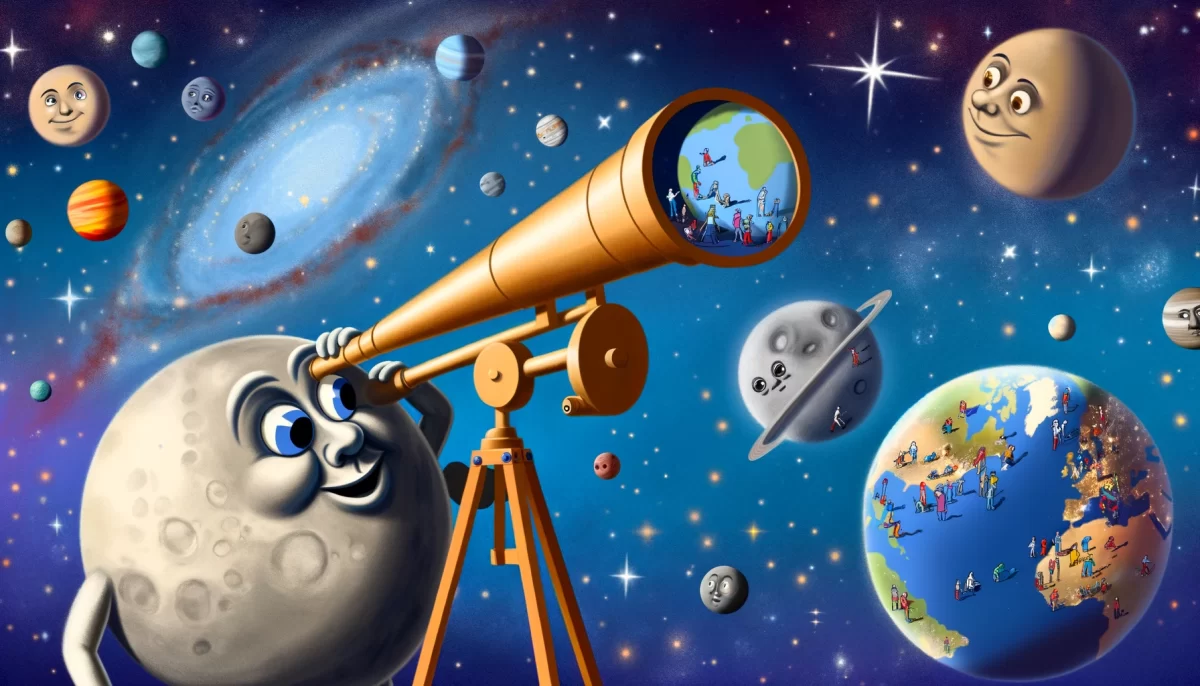
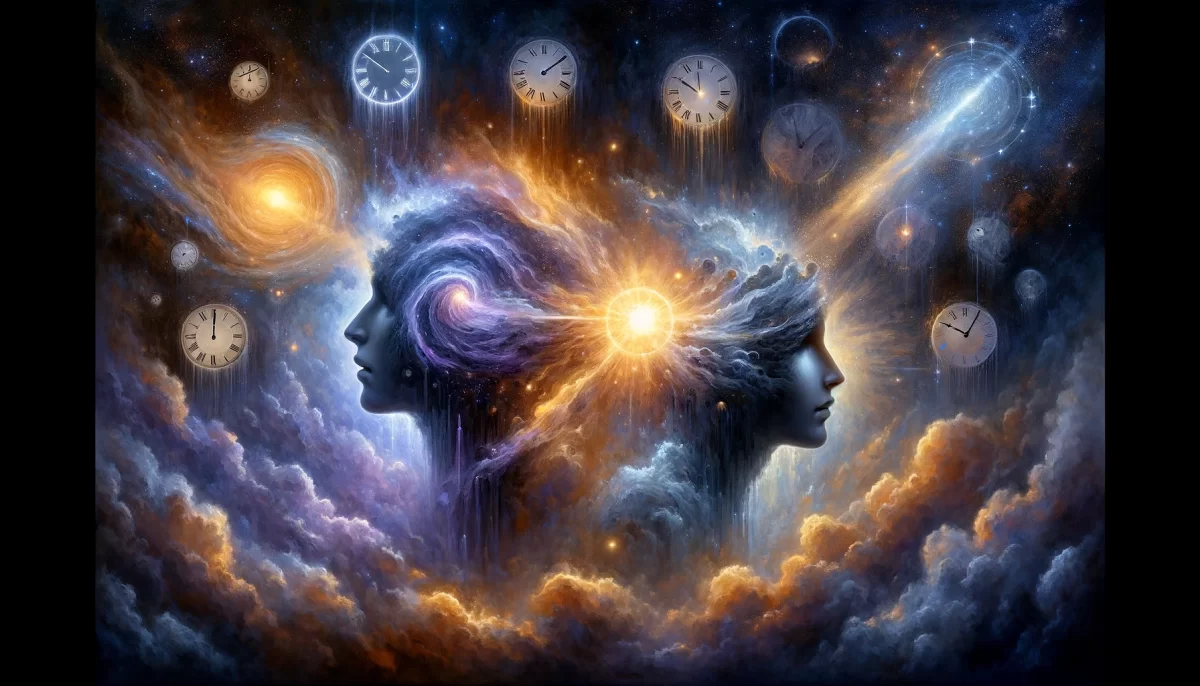
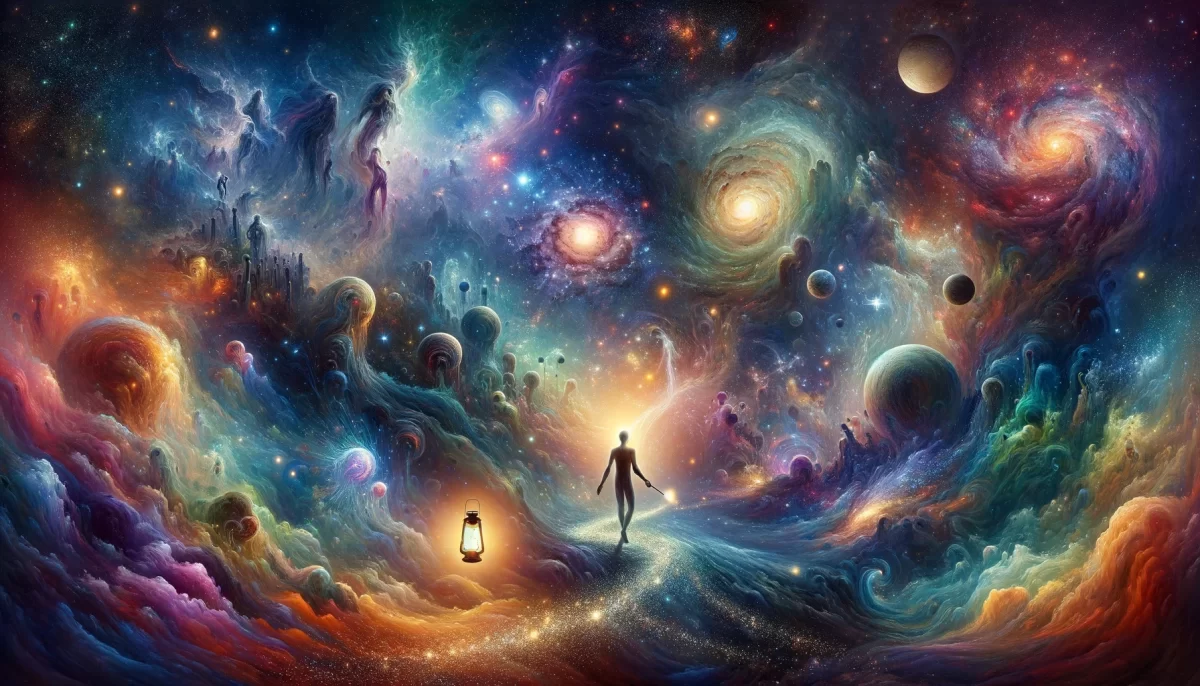
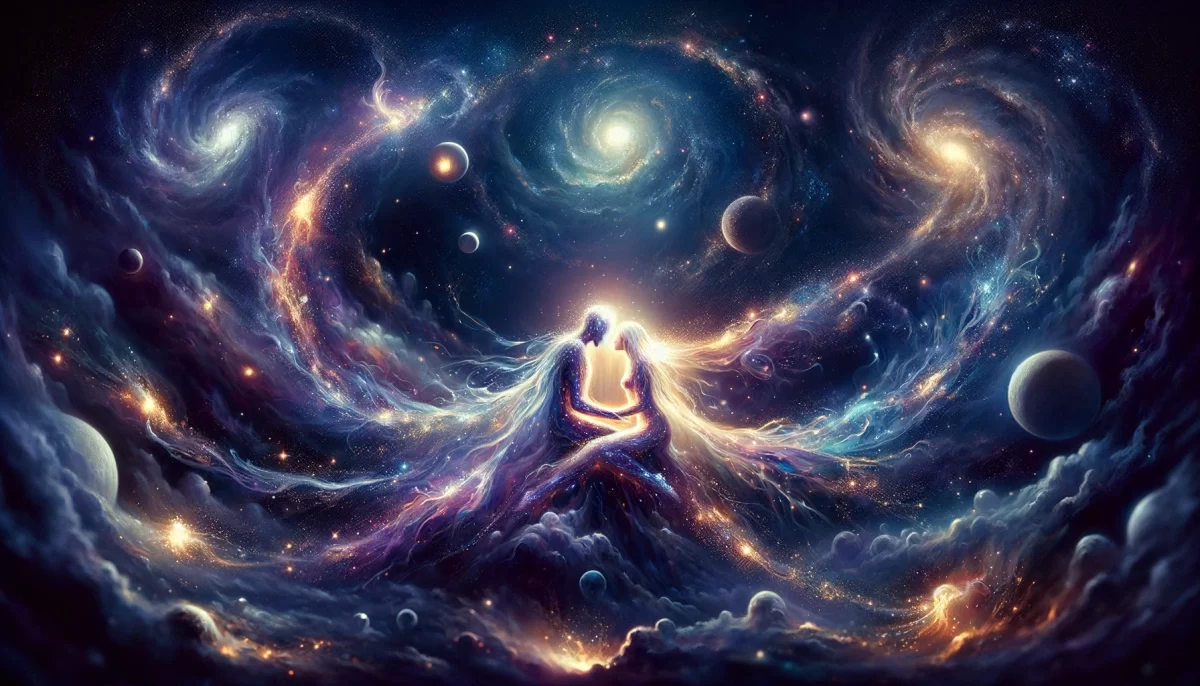
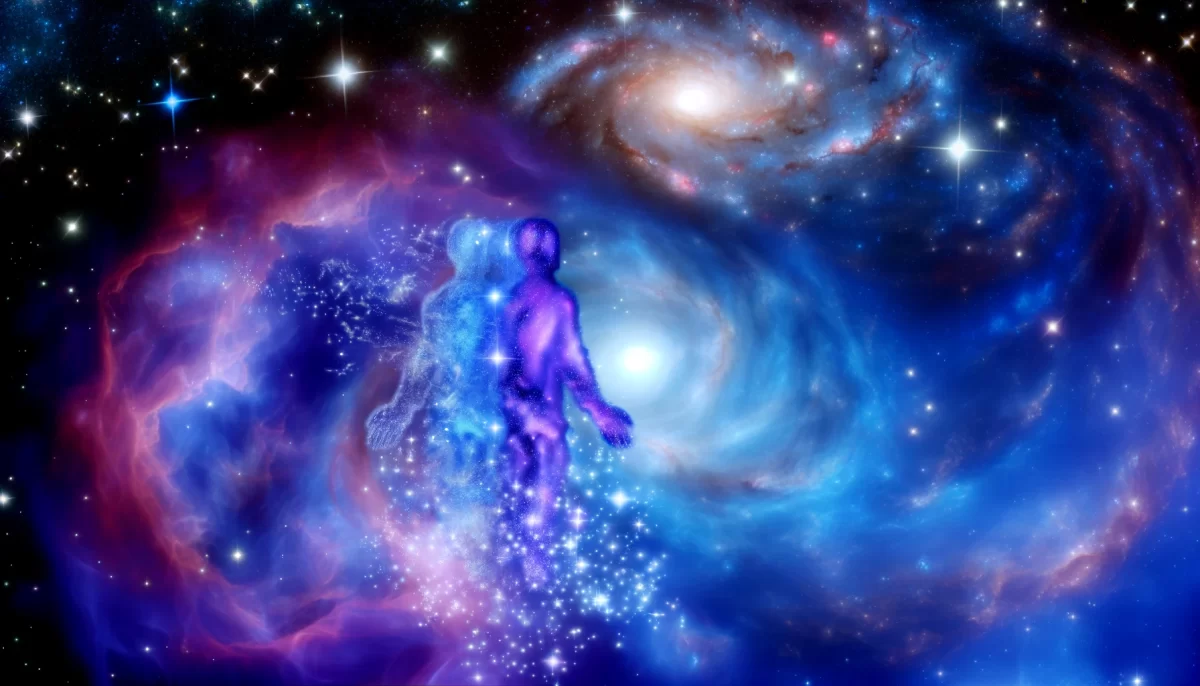
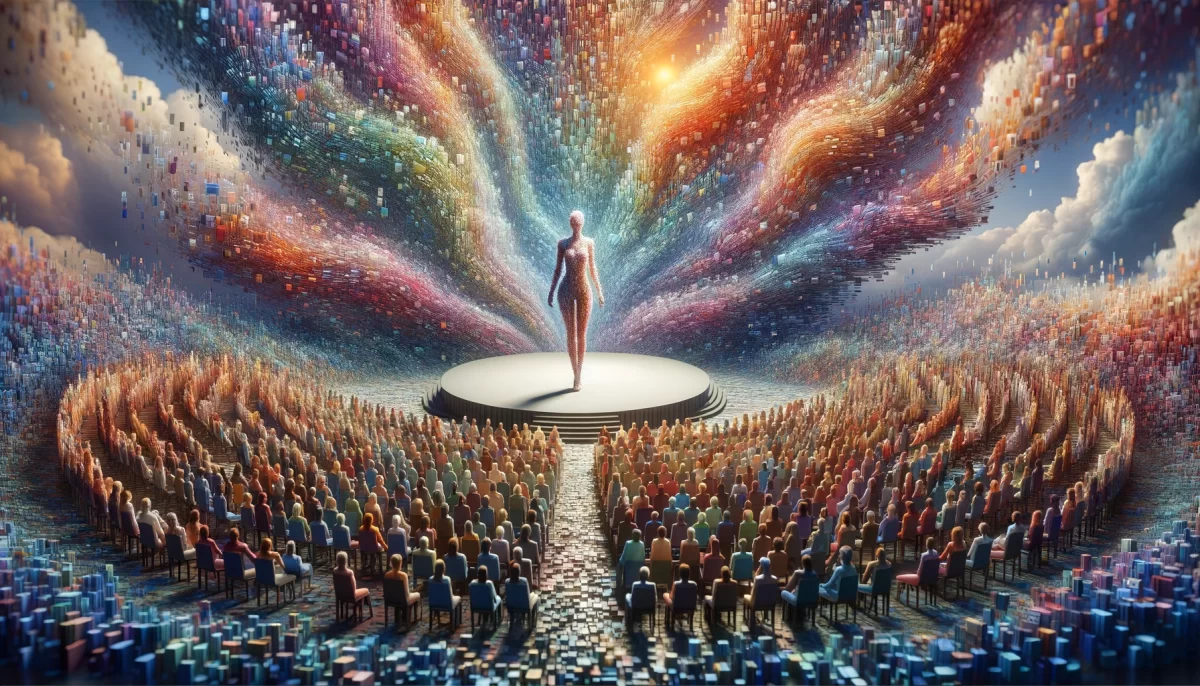
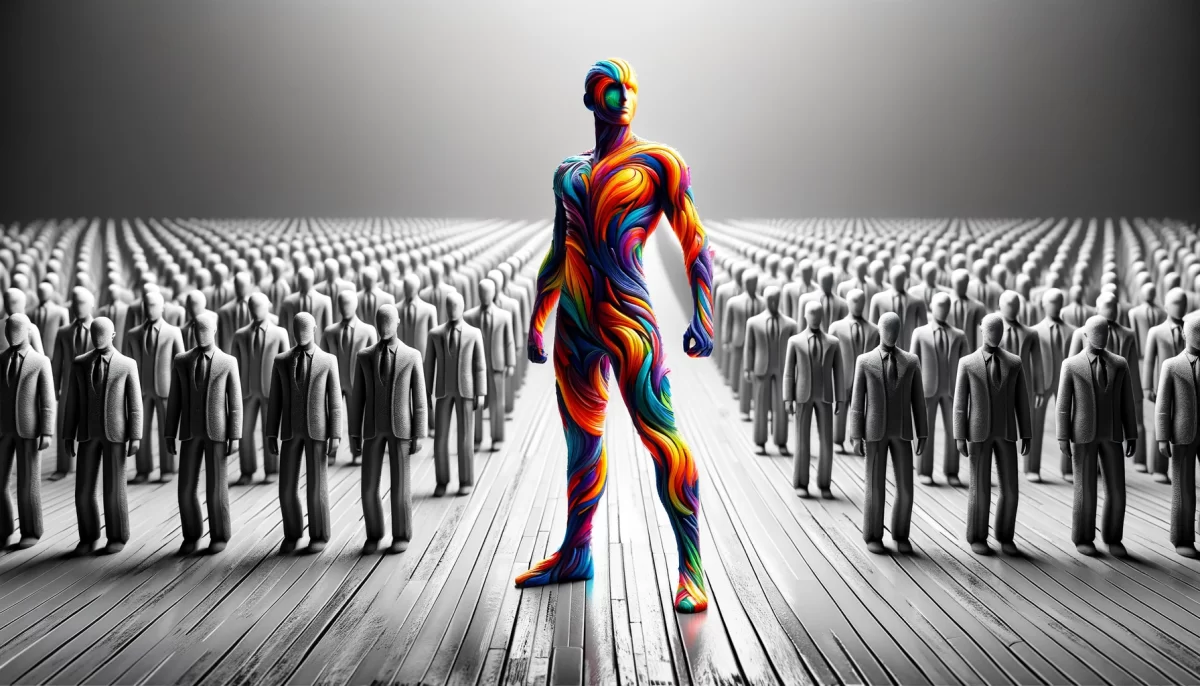
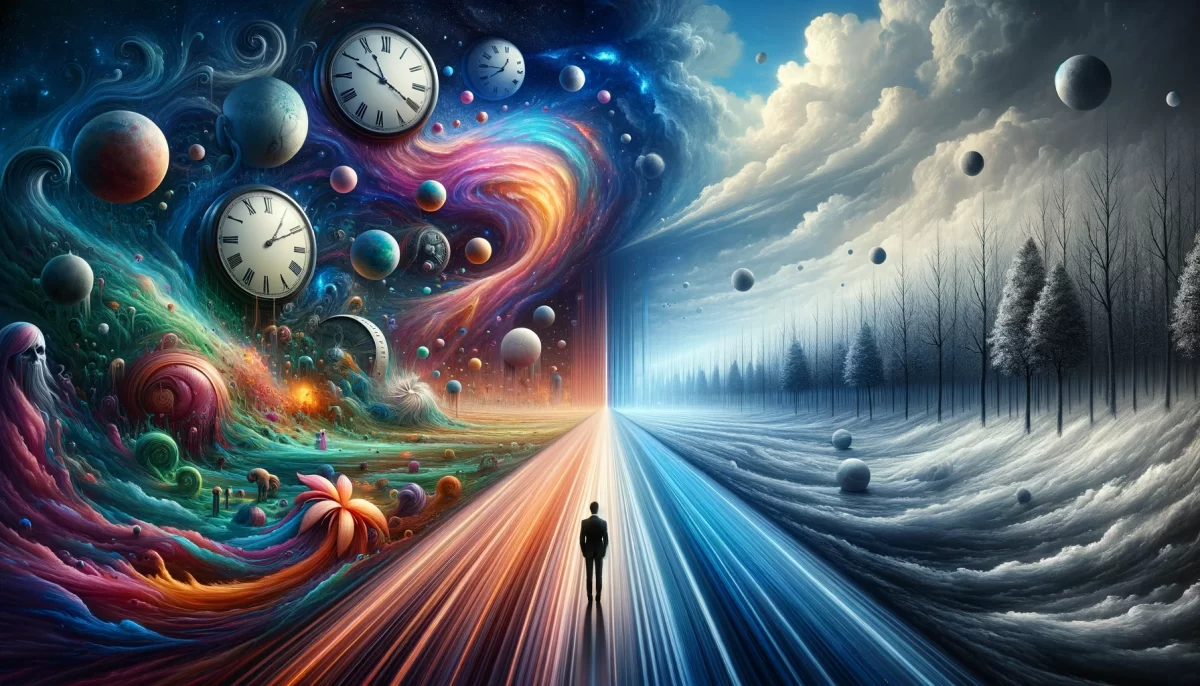

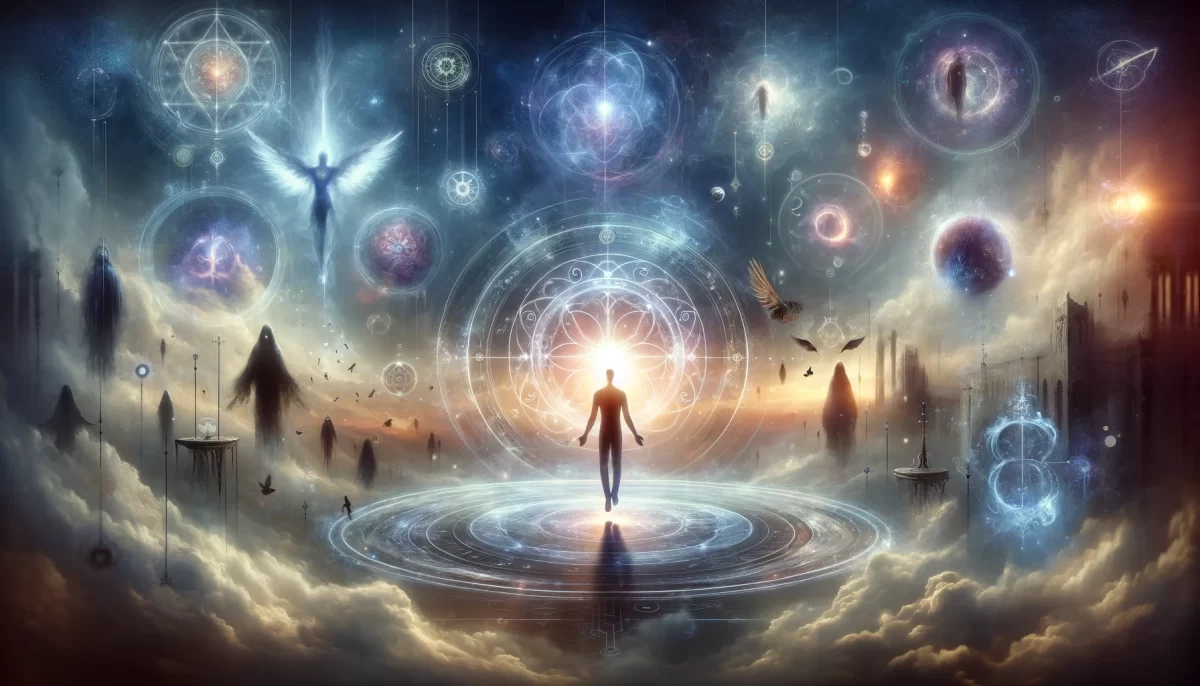
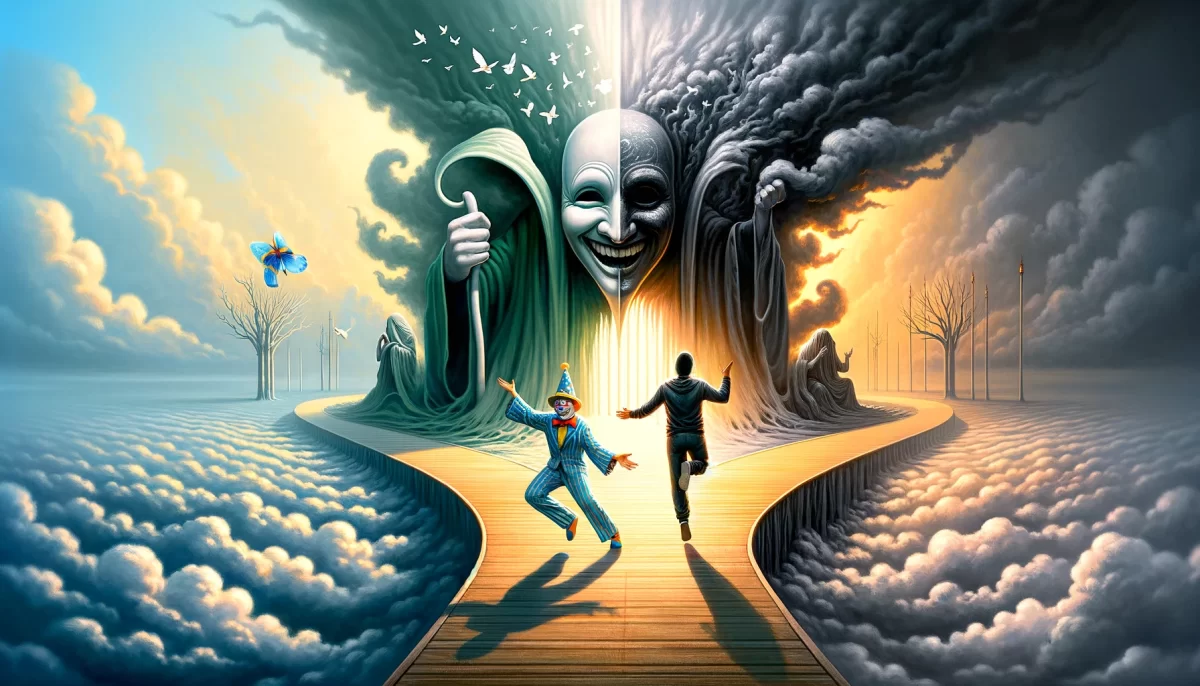
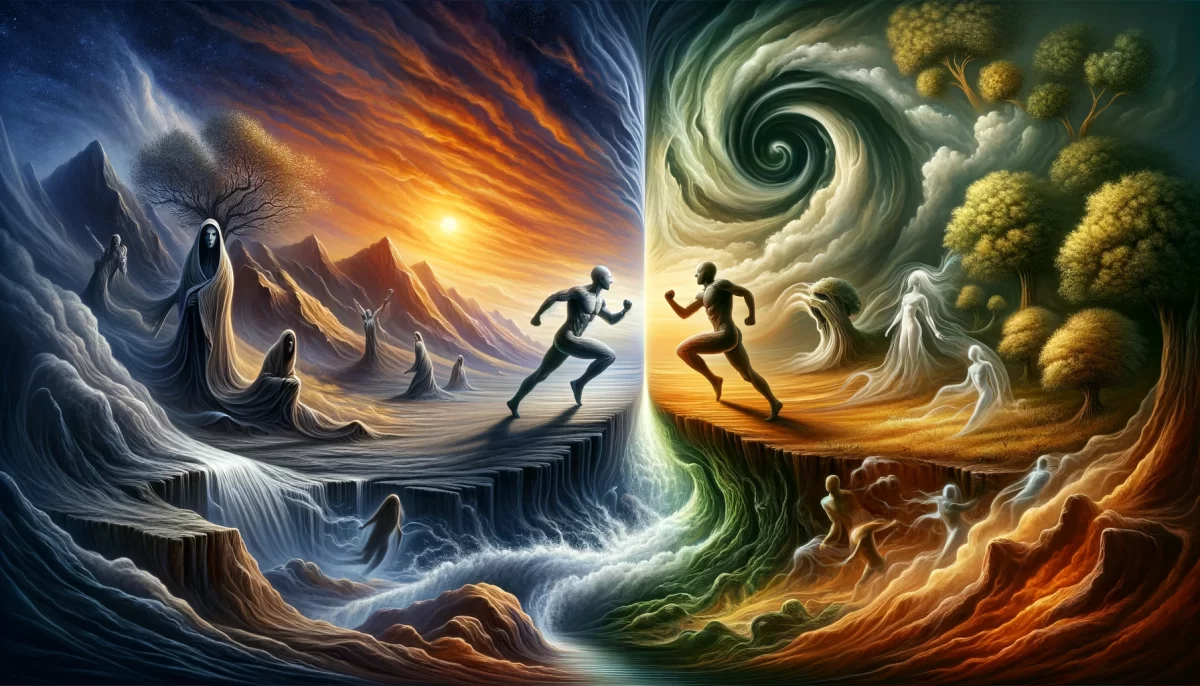
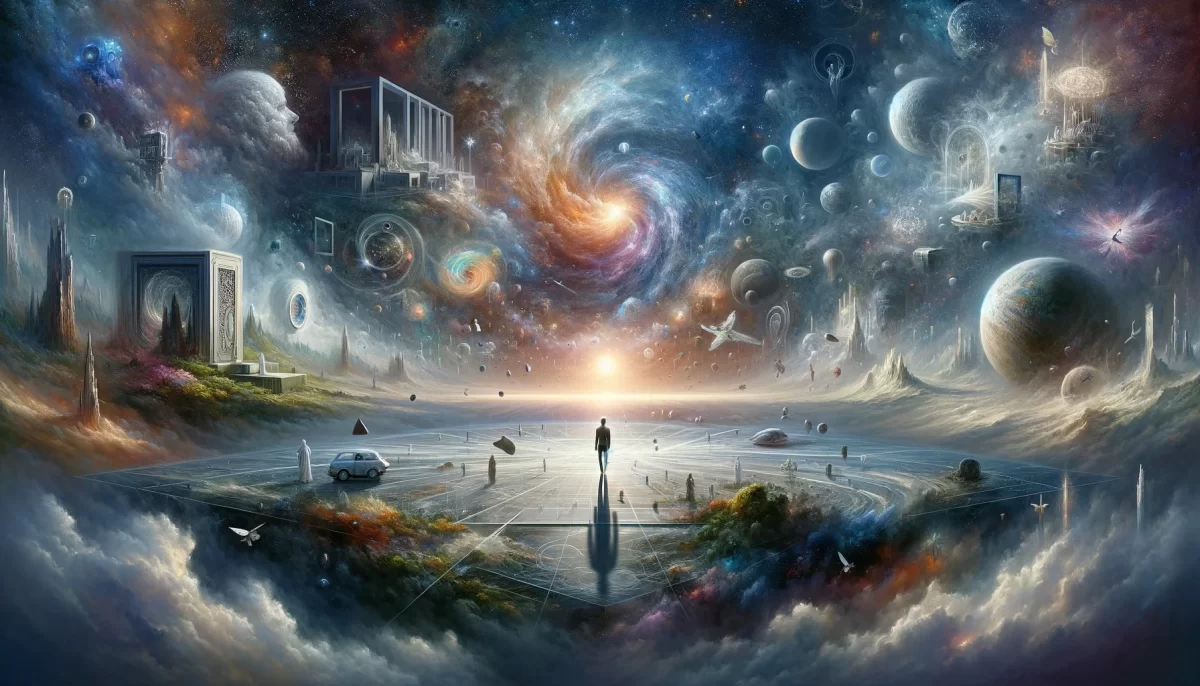
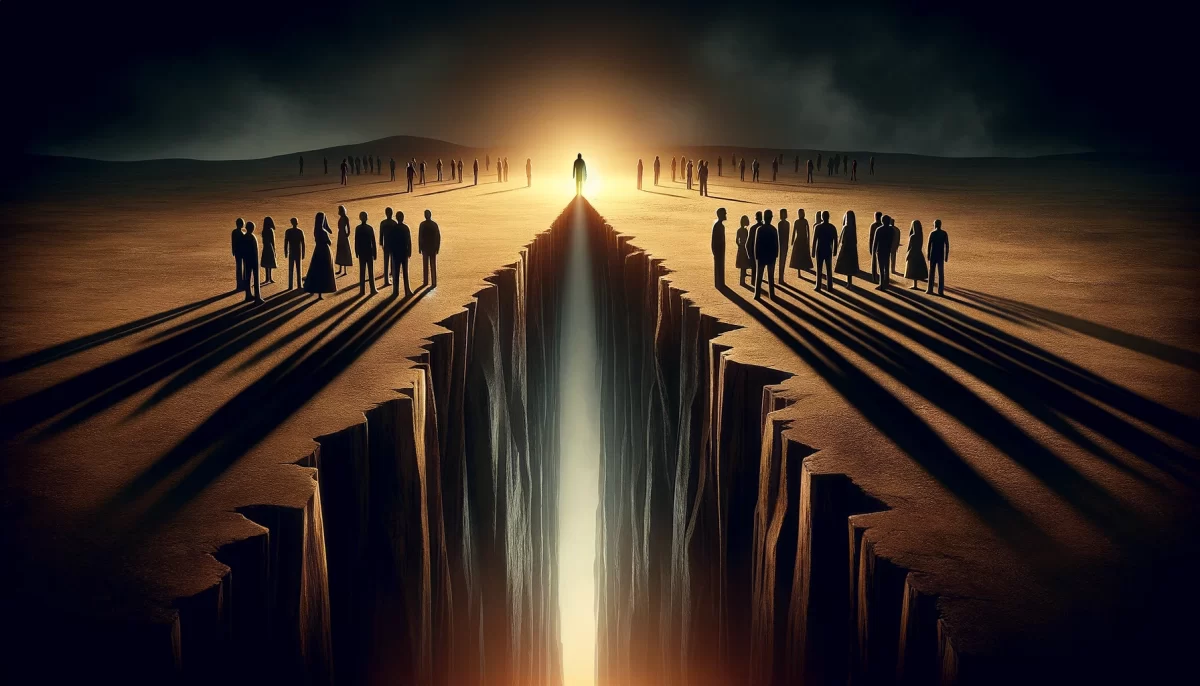
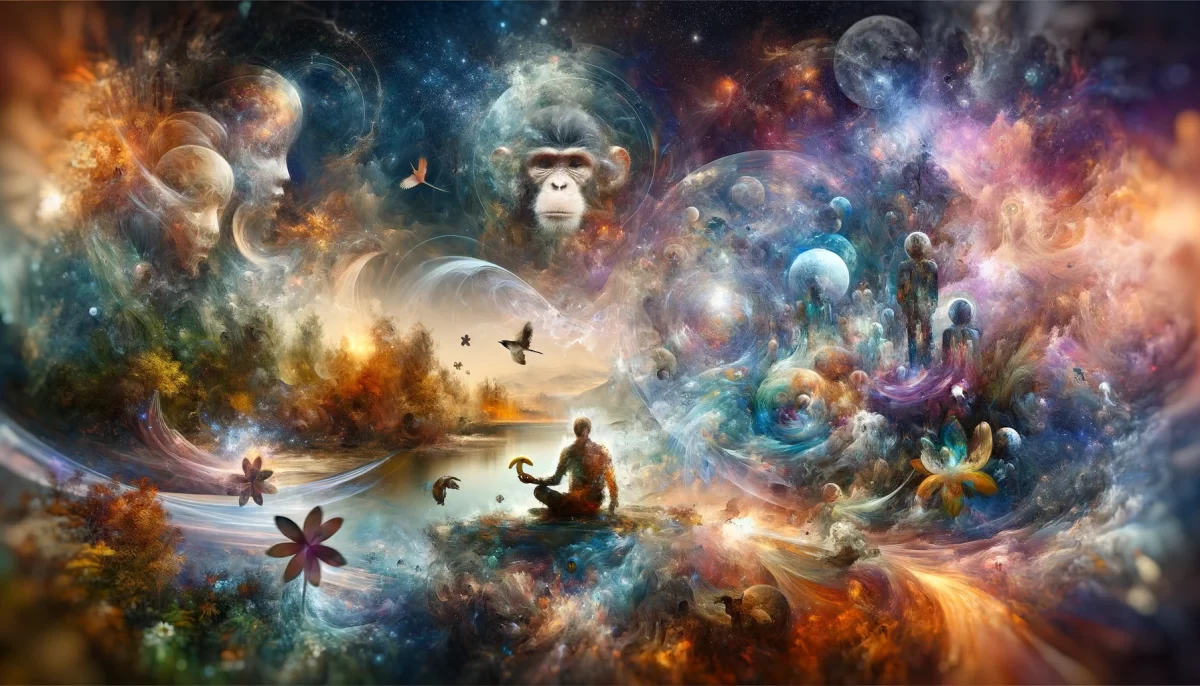
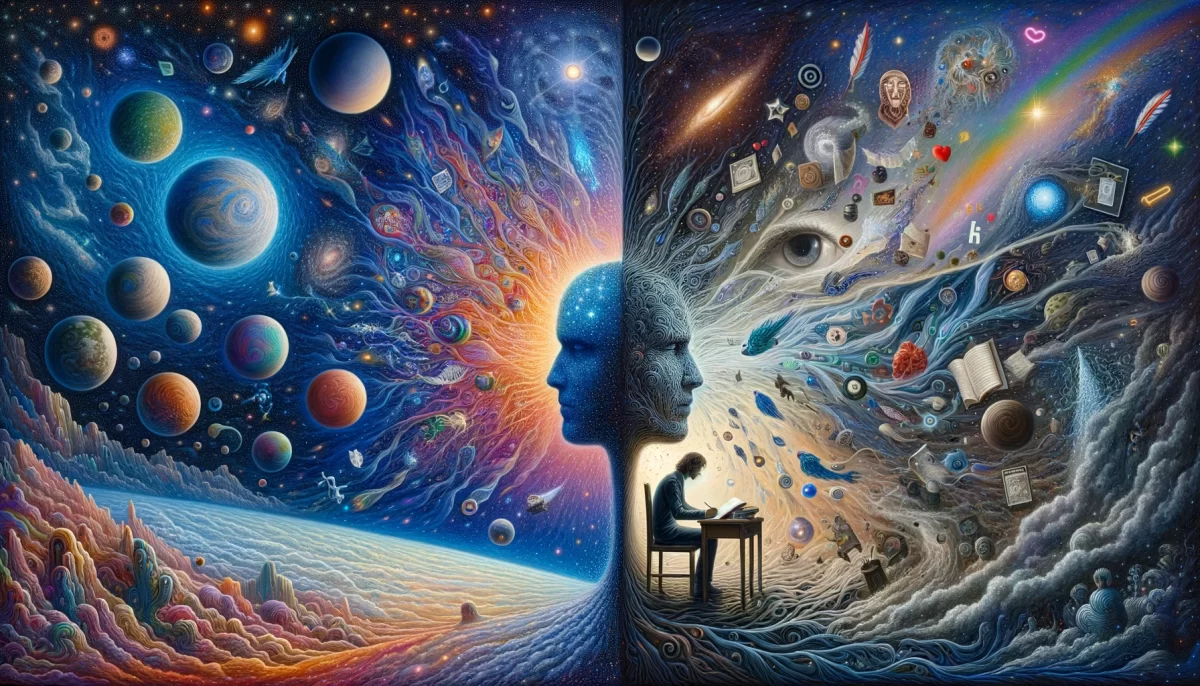

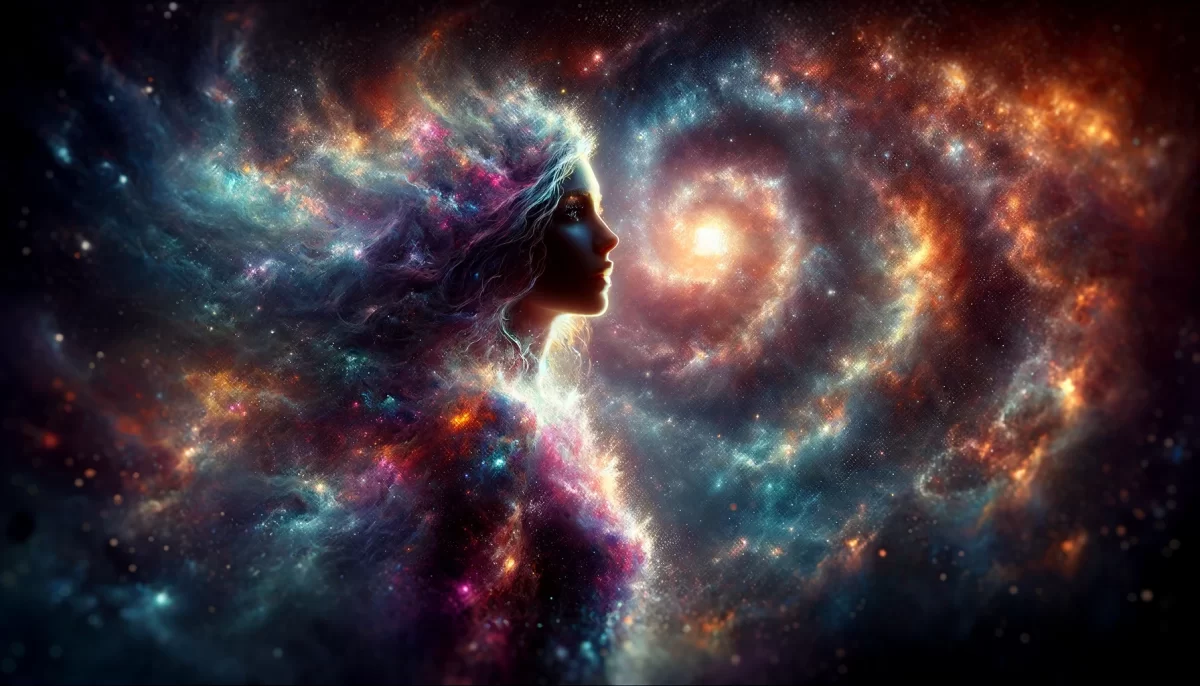
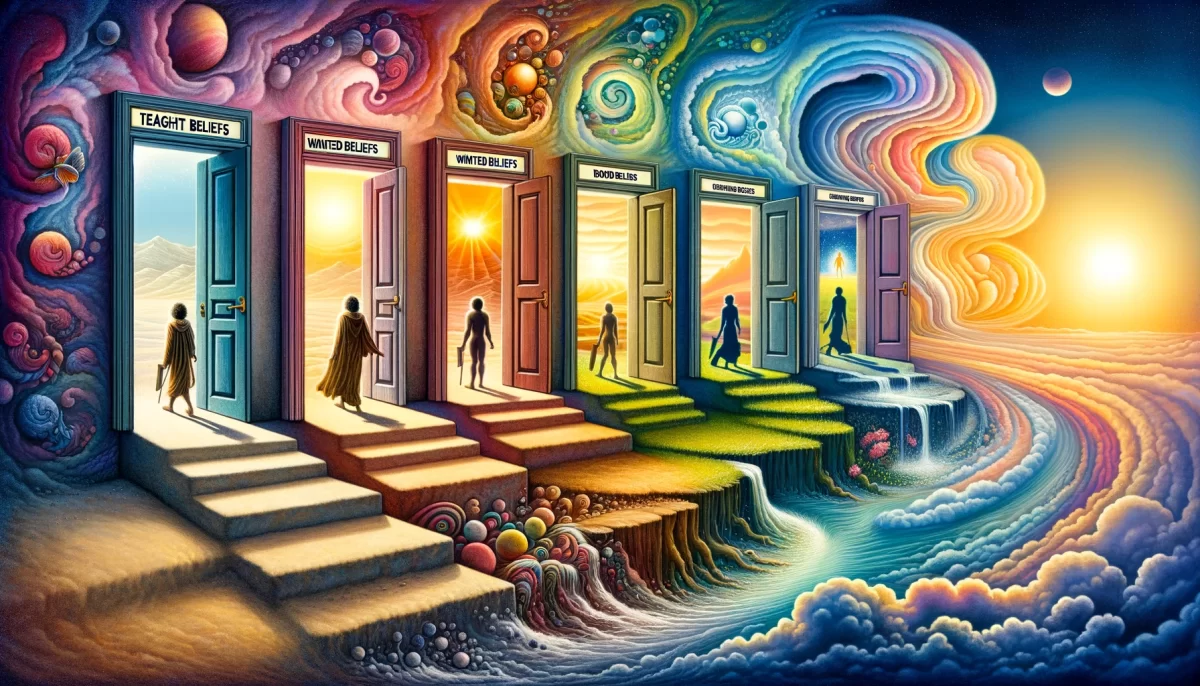
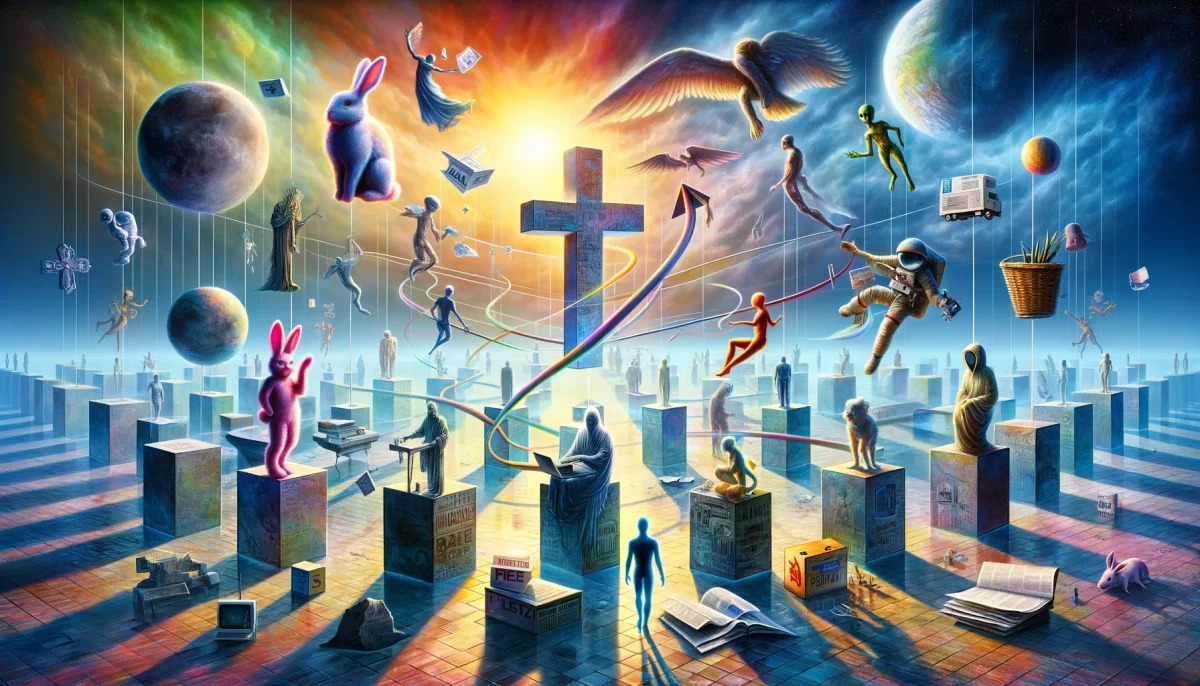

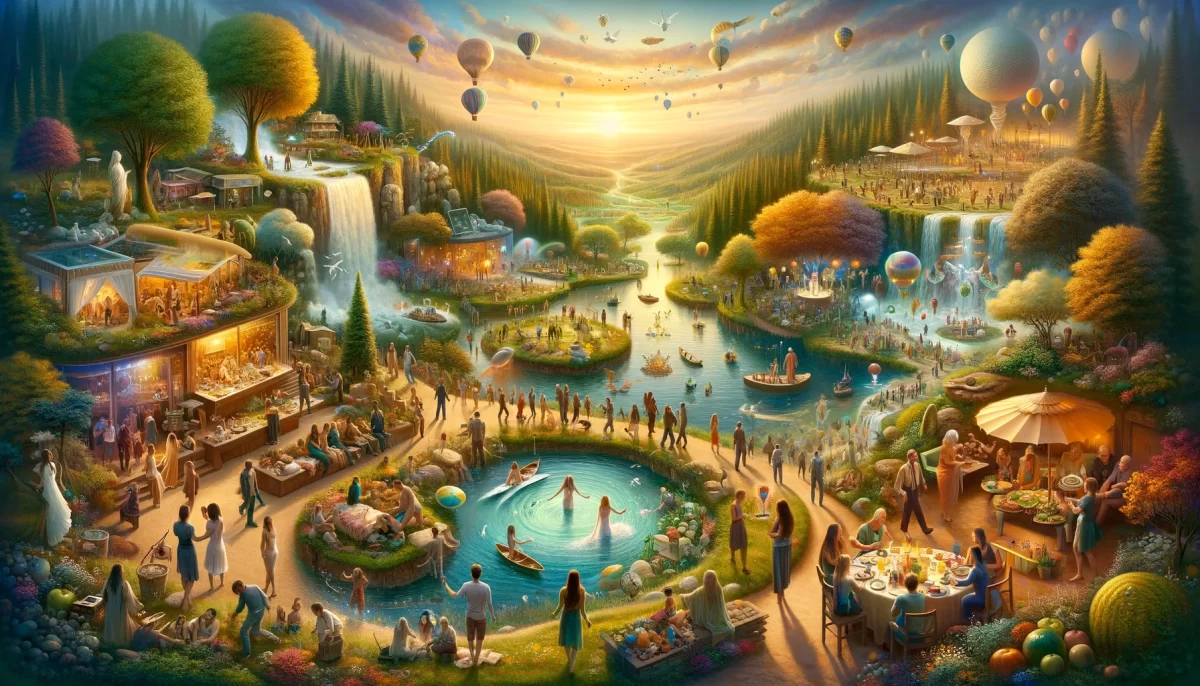

Leave a Reply